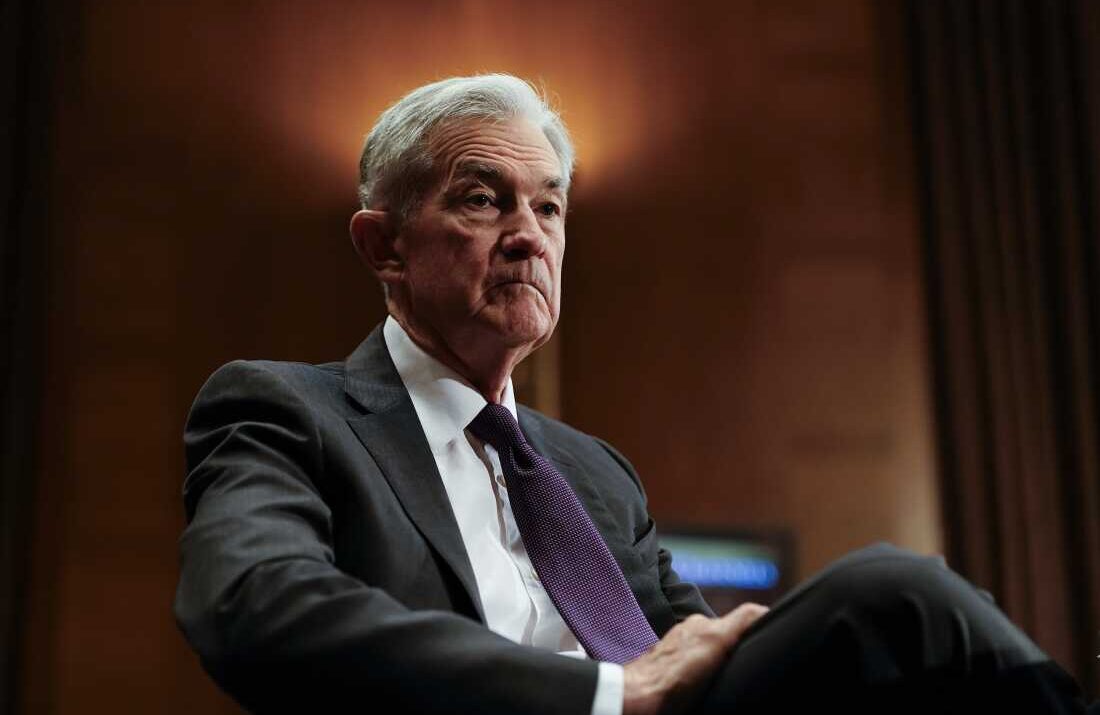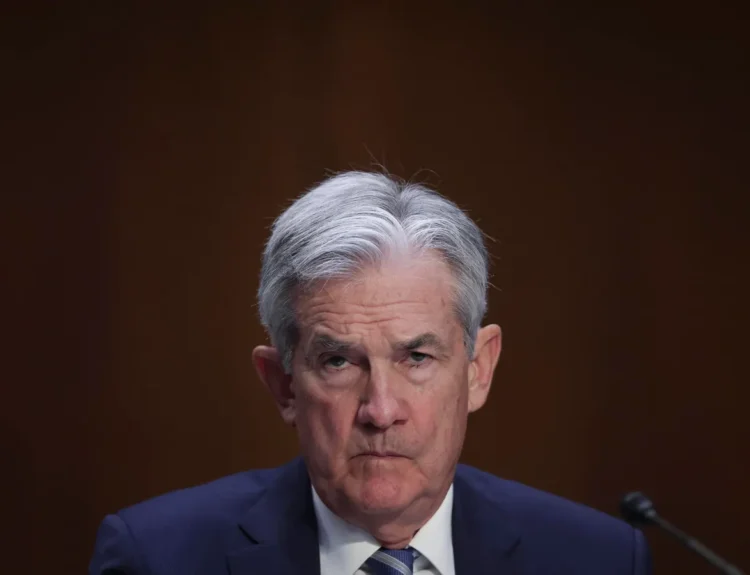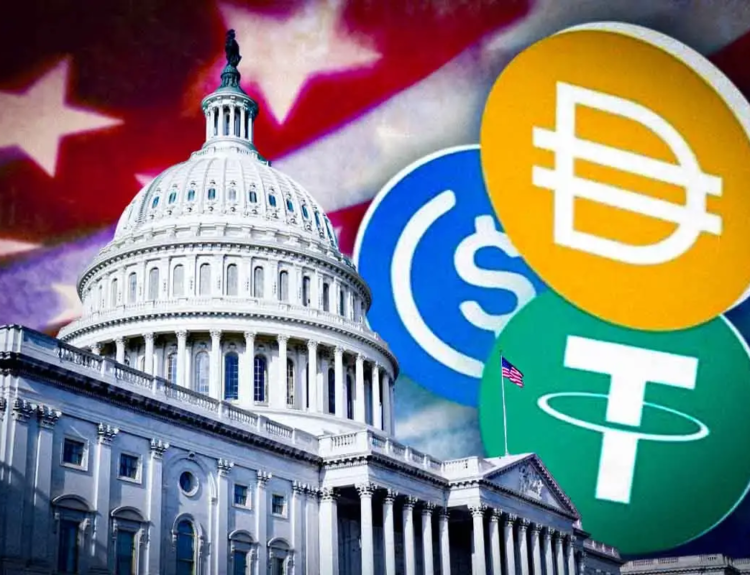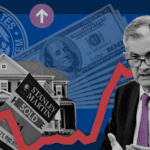Jerome Powell used his marquee Jackson Hole address to signal that, with policy “in restrictive territory,” the “shifting balance of risks may warrant adjusting our policy stance.” Translation: a September rate cut is now firmly on the table, contingent on incoming data. Stocks jumped, Treasury yields fell, and traders quickly marked up odds of an imminent move.
What Powell actually said
Dual-mandate tension: Powell emphasized that risks are now more two-sided: inflation remains “somewhat elevated,” but downside risks to employment are rising. In his words, the labor market sits in a “curious kind of balance,” where both labor demand and supply have cooled.
Tariffs = base-case shock, not spiral: The Chair framed the tariff impact as a likely one-time price level shift that works through supply chains over time, rather than a persistent inflation engine. He stressed the Fed can’t take anchored expectations for granted, but the reasonable base case is short-lived effects.
Independence & process: Powell leaned into Fed independence, noting any decision will be made “solely” on the data and balance of risks—an indirect rebuttal to political pressure.
Framework reset: He outlined five-year updates to the Fed’s policy framework: scrapping the 2020 “makeup” idea of tolerating overshoots (FAIT’s overshoot nuance) and dropping “shortfalls” language on employment, while re-affirming the 2% inflation target. The message: preemptive action is back on the table when warranted, but not today’s base case.
What it means for September
Base case: Powell didn’t pre-commit, but this is the strongest hint yet that a quarter-point cut in September is likely if the next data (notably Aug. jobs on Sept. 5 and late-month inflation reads) don’t surprise hotter.
Pace & path: Expect a careful, measured easing—more “fine-tuning” than slash-and-dash. Powell said policy is only modestly restrictive, implying limited cumulative cuts unless growth weakens more decisively.
Politics vs policy: The Chair acknowledged the noisy backdrop but anchored decisions to the data; political pressure isn’t the driver—the labor-market drift and contained inflation risks are.
Why markets moved
- Equities: Relief rally. A data-dependent dovish tilt reduced tail risk of a prolonged “higher for longer.” Dow surged >600 pts intraday; tech and rate-sensitives outperformed as the discount rate impulse turned friendly.
- Rates: 2-yr Treasury yield fell ~8–10 bps toward ~3.7% as traders added to September-cut bets; the 10-yr eased to the low-4.2s%. Curve bull-steepening reflected cut soon, not a recession now.
- Dollar: The DXY slipped on easier-policy vibes; rate-sensitive FX (e.g., yen, AUD) popped.
- Probabilities: Market odds for a September 25 bp cut pushed higher (prediction venues and fed-funds pricing jumped on the headline language).
(Intraday levels move fast; the direction—stocks up, yields down, dollar softer—was the clean initial read.)
The economic read-through
If cuts start: Mortgage, auto, and corporate borrowing costs inch lower, supporting consumption & capex into year-end. With tariffs lifting some prices temporarily, Powell is trying to thread the needle—ease enough to guard jobs without reigniting inflation.
If data re-heats: A sticky re-acceleration in core prices or a snapback in wage growth could delay the first cut. Powell explicitly left room to “proceed carefully.”
Tariffs & growth mix: The Fed’s base case treats tariffs as a level shift (not a new inflation trend). That reduces the need to keep rates elevated for long if expectations stay anchored.
Sector & asset implications (near-term)
- Rate-sensitives: Tech, housing, utilities, REITs tend to benefit from lower discount rates and cheaper financing.
- Financials: Net interest margins can compress on cuts, but credit quality support from a softer landing helps.
- Cyclicals: If the cut boosts confidence while inflation stays contained, industrials & consumer discretionary can catch a bid.
- Dollar/commodities: A softer dollar often supports gold & commodities; tariff dynamics remain a swing factor for input costs.
- Crypto: Liquidity-sensitive risk assets, including crypto, historically like easier policy; volatility can still spike around data.
What to watch next
- Data into the Sept. 16–17 FOMC:
- Jobs (Sept. 5) — signs of labor cooling vs. outright weakness.
- Inflation (late Aug/early Sept prints) — do tariffs stay a one-off bump?
- FOMC tone & dots: Even if they cut, watch guidance on the pace from here.
- Tariff trajectory: Any policy changes that alter the path or breadth of levies = direct inputs to the Fed’s calculus.
- Board dynamics: Ongoing governor drama (e.g., calls for resignations/investigations) and potential seat changes can shift the balance of views, but Powell’s center still sets the tone.
Powell didn’t announce a cut—he set the stage for one. By calling out rising downside risks to employment while treating tariff inflation as transient, he gave markets the green light to price a September trim, with a slow, data-led path thereafter. Risk rallied, rates fell, and the dollar slipped—not because the Fed is caving to politics, but because the data now point to a gentler policy hand.
Disclosure: This article does not represent investment advice. The content and materials featured on this page are for educational purposes only.
Related: Federal Reserve Explained: How It Shapes Stock Market and Economy










